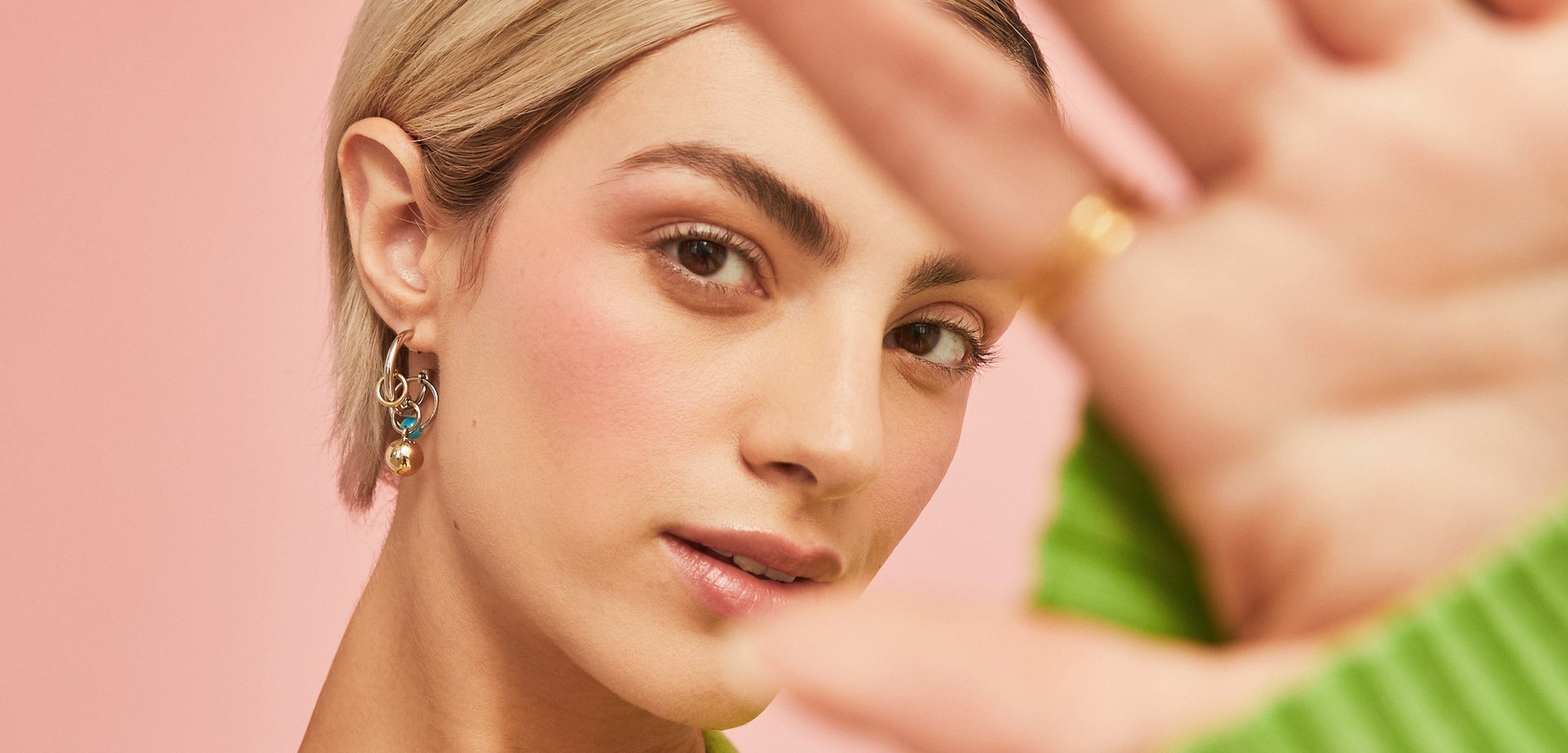Beauty PI: The History of Beauty Marks (It’s More Tumultuous Than You Think)
March 15, 2019
Facial Marks for All
As we moved into the millennia and beyond, facial marks have become more acceptable than ever. In fact, with the rise of face tattoo stamps (like the Milk Makeup Tattoo Stamp or even realistic makeup freckles by Freck), replicating beauty marks is a massive industry trend. We even saw faux beauty marks appear on fashion week runways during the late 2010s (cue Jason Wu’s Spring 2017 freckled beauty look). Today, we encourage you to wear your beauty marks proudly and not to cover them up with foundation or concealer — unless you want to! Facial marks have finally returned as they were originally intended — to create another interesting detail on the face that contributes to one’s overall beauty. They're no longer the scarlet letters they once were.
Read More
Graphic Neon Liner How-To
Beauty PI: The History of Red Lipstick
How to Keep Your Eyelashes From Falling Out
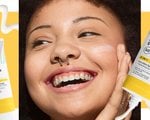
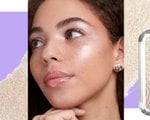
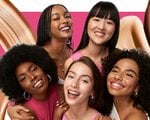


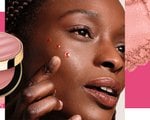
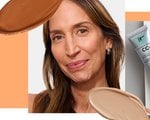


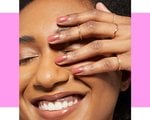
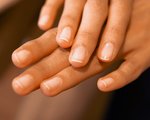
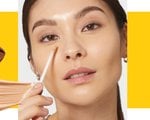

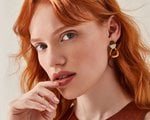
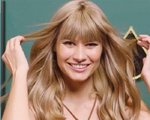
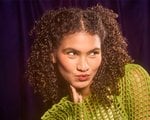

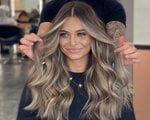
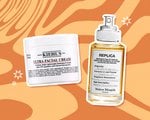
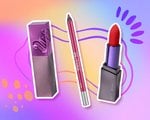

.jpg?cx=0.5&cy=0.5&cw=150&ch=120&blr=False&hash=27326E4FE66B0A2BFABAF4995DA29DC5)
